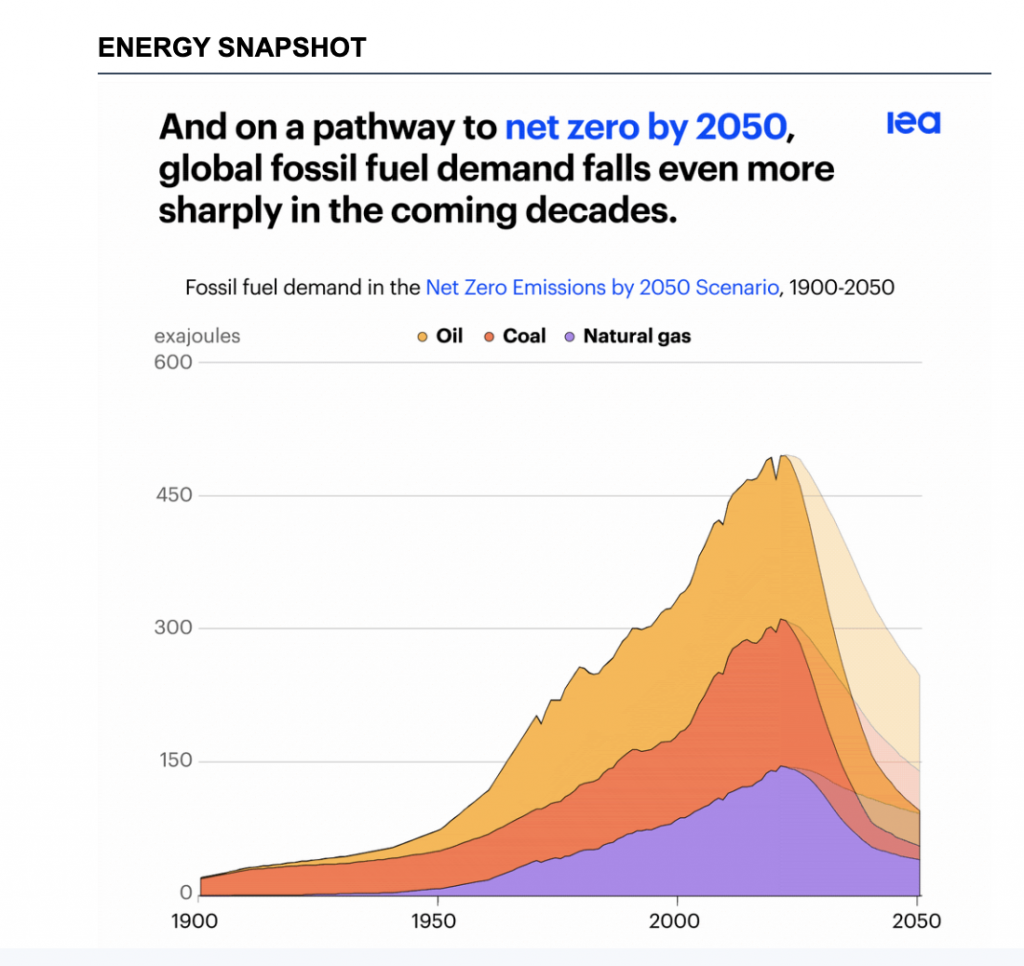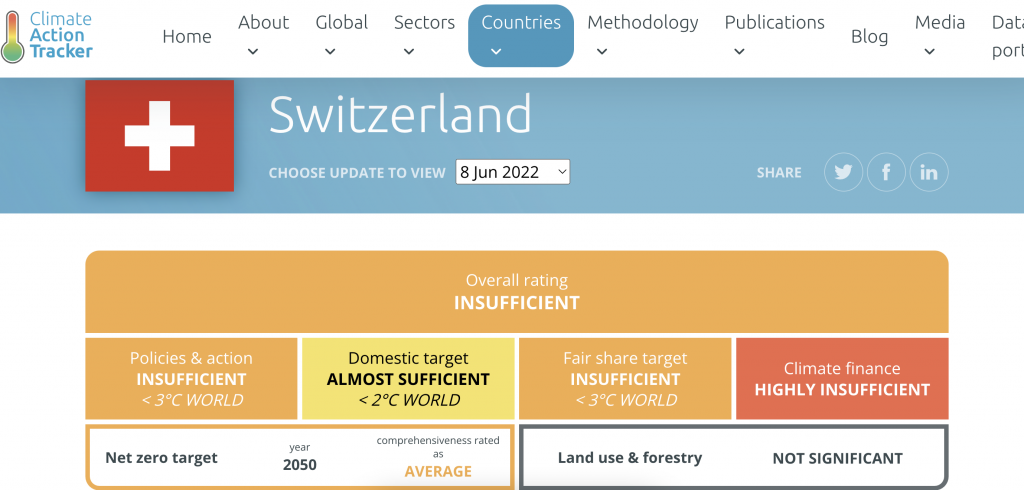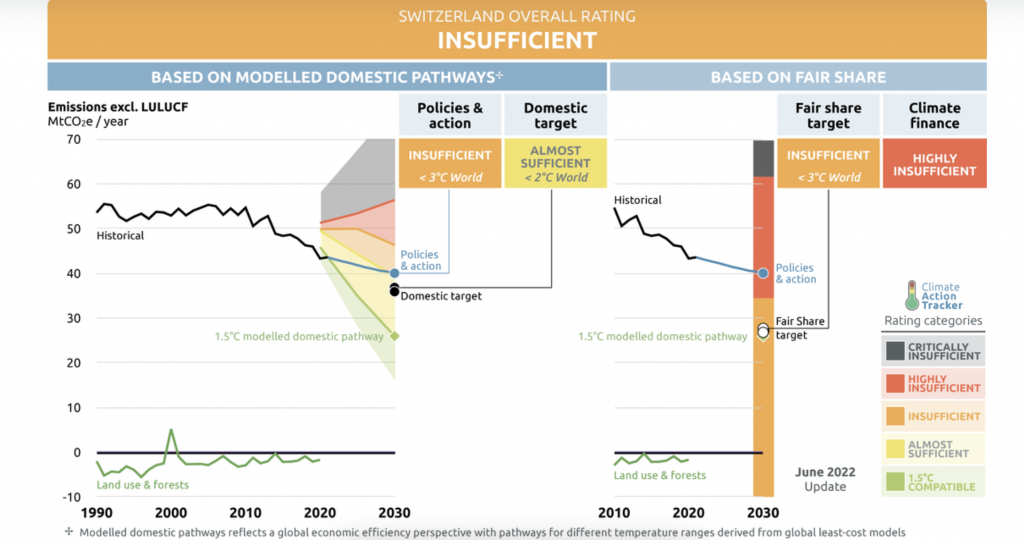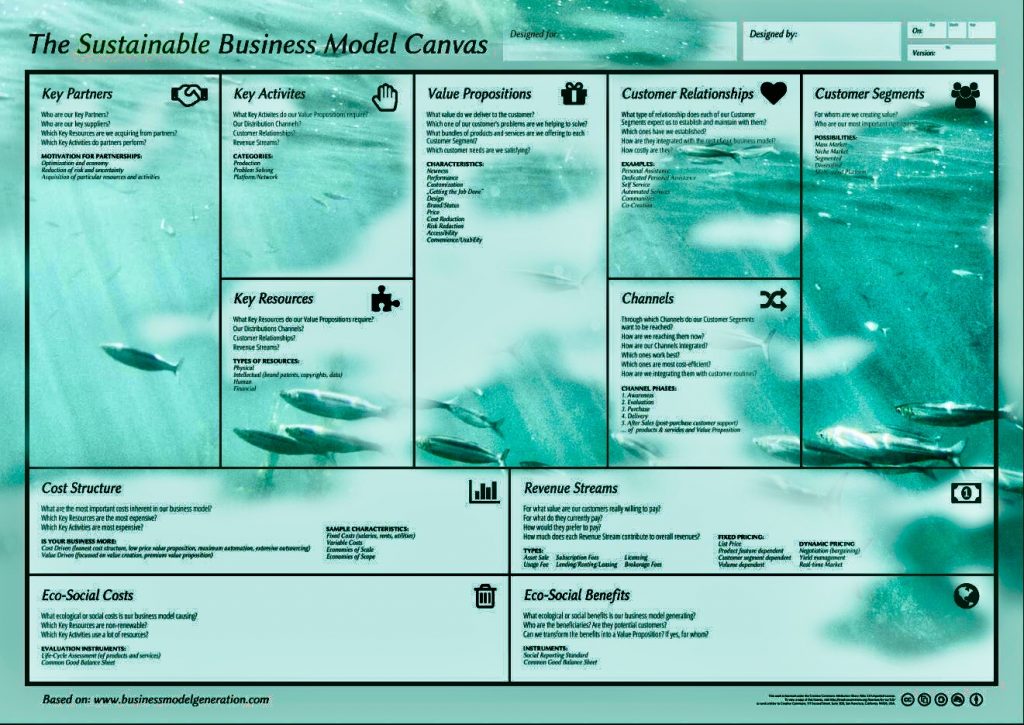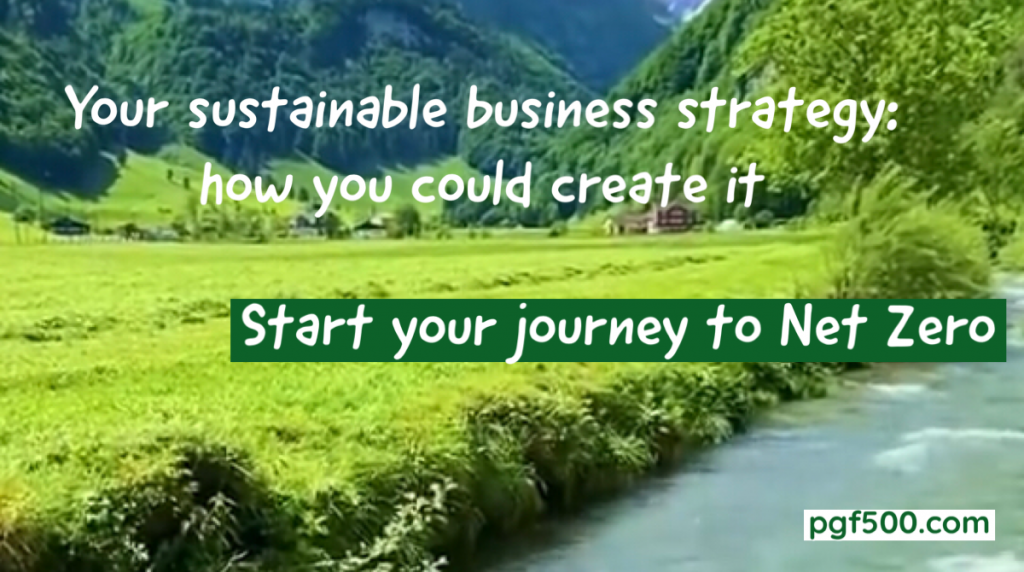Why are 93% of companies still struggling to be sustainable?
.
We all recognize the importance of environmental, social, and corporate governance efforts—from reducing electricity needs and carbon emissions to ensuring diversity in product development—so why are ESG goals proving so difficult for companies to meet in practice? To find out, Quartz and Avanade surveyed 750 tech executives and 750 sustainability leaders from the US, Brazil, Germany, Italy, Japan, UK, Ireland, Australia, and Canada.
.
The survey showed that business decision-makers across five major industries—financial services, healthcare, manufacturing, retail, and energy/utilities—unanimously agree: environmental and social sustainability is important. But the data also makes their dilemma clear.
.
On one hand, leaders know sustainability innovation benefits not just the planet and their people, but also their fundamental company goals: satisfying customer expectations, improving operational efficiency, complying with regulations and compliance, and meeting expectations of talent and investors. And all five sectors ranked the main sustainability driver as business innovation and growth.
.
However, making significant transformation requires commitment, and that’s a daunting prospect for executives. When asked to list the primary limitations their organization faces in achieving their sustainability objectives, 45% said business priorities above sustainability objectives, while 35% said fear of an economic slowdown.
.
To achieve their sustainability goals, these companies need to be embracing digital strategies, which will, in fact, support their bottom-lines in the process. Another global study by Avanade found that organizations could earn an extra $1 billion per year in revenue and reduce operational costs by more than 11% through adopting a holistic approach to cloud technology, apps, and modern engineering techniques.
.
This anxiety and competing goals are clearly hampering their achievement of their ESG targets. For example, nearly two-third of respondents say their companies are not building diversity into product development, and a quarter don’t even have a plan in place for reaching their goals.
Another 14% of executives are midway through executing their ESG plan but experiencing challenges. In fact, 93% of respondents said they haven’t completed their ESG plan. For the manufacturing vertical, that number is even higher.
.
It’s no wonder that less than half of executives are confident they will hit their ESG targets on time.
Based on this new first-party data, here are four actionable insights into the challenges of ESG initiatives—and how an incremental, digital-first approach can help.
.
#1 When it comes to sustainability, digital is paramount — so fund it accordingly.
As first-adopters start to experiment with Web3 and the Internet of Things, it’s clear that digital innovation is fundamental to ESG goals. In fact, 63% of executives across all industries told us that digital is “very important” to their sustainability objectives.
For industries with complicated supply chains or complex processes, digital upgrades are even more critical to accelerating ESG efforts. Sixty-eight percent of executives in manufacturing, 72% of those in retail, and 73% of those in energy and utilities said digital was “very important”.
But yet again, there’s a disconnect. Ninety-two percent of respondents said that less than three-quarters of their digital budget supports their sustainability goals. Even in the tech powerhouses of Germany and Japan, only 4% of the survey group said that at least three-quarters of their organization’s digital innovation budget supports achieving their ESG targets. That’s an issue.
If you want to go greener, you must put your money where your mission is.
If you want to go greener, you must put your money where your mission is. But those investments tend to bear fruit quickly. Accenture estimates that migrating current applications to an infrastructure as a service (IAAS) cloud can reduce carbon emissions by more than 84%. If those applications are designed specifically for the cloud, that number jumps to 98%.
And as your carbon footprint shrinks, your wallet often expands. One European water utility used Microsoft Azure Integration Services to connect various applications and services, reducing its operational costs by 65% in the process.
.
#2 The cloud is the first step to other ESG levers.
The cloud that hosts so much of our work life is important, but companies should expand how they define their sustainability “stack”. Executives across financial services, health, manufacturing, retail, and energy and utilities are embracing artificial intelligence and the Internet of Things, but it’s the cloud that’s their first choice. They aren’t alone.
Across all industries, 61% of executives say that cloud services are the only tool their organization is currently considering and/or already using to achieve its environmental goals.
But there are other solutions to mine. For example, Avanade built a data platform for SSE Renewables, a leading producer and operator of renewable energy in the UK and Ireland. The AI-powered solution automated the tracking and recording of native species that could be affected by wind or hydro installations, helping the team minimize their environmental impact.
However, sustainability solutions don’t need to be so bespoke. Simply employing green software principles, like reducing electricity needs, optimizing physical resources, and balancing software usage by time or region, can have a huge impact.
.
In fact, employing this approach in one division of a large enterprise alone could be the equivalent of keeping 26,000 fossil-fueled cars off the road for one year — but only 30% of our respondents are using green software principles.
.
#3 Don’t hide your sustainability successes.
In today’s media landscape, everyone’s a critic, especially when it comes to ESG goals. So it’s understandable that only a third of executives say that their company isn’t susceptible to the charge of greenwashing.
However, certain industries are especially nervous about being seen as in it for the wrong reasons — and it’s not necessarily the ones you might think. While 22% of executives in the carbon-heavy manufacturing sector believe their companies are “very susceptible” to the charge of greenwashing, a stunning 38% of those in financial services say the same. That’s seven points higher than even the energy and utility folks, showing that industry perceptions aren’t perfectly correlated with the amount of emissions you’re generating.
.
To mitigate reputational risks requires companies to continually and credibly demonstrate progress towards their ESG goals. To be true stewards, companies have to take measurable actions, and then meaningfully communicate the accomplishments.
Software can help on this front by allowing you to integrate existing data sources and report progress to stakeholders in as little as a month.
.
#4 Sustainability is a process, not an endpoint.
Especially considering the turbulent financial news these days, companies don’t want to commit to a transformative green overhaul they might regret later. But here’s the good news: They don’t have to.
It’s actually more efficient to take small, practical digital actions that make an impact within weeks, rather than fixating on daunting and ambitious future targets. For example, just being aware of how much carbon your software is producing, and where and when it’s producing it, enables
you to make better decisions. Armed with this data, you can shift the time or place that workloads are run to take advantage of renewable or low-carbon sources of energy.
This kind of tracking can complement the social facets of ESG initiatives as well. Thirty-eight percent of respondents said that the company’s goals included measuring the diversity of their workforce and publishing the data. Making sustainability core to doing business achieves ESG and profitability benefits in parallel.
Everyone is talking about sustainability, but our research shows that most leaders are challenged to take practical actions with digital.
.
4 ways leaders can turn ambitious goals into practical actions
.
—–

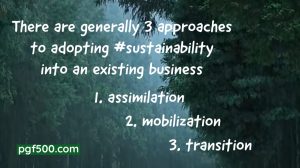

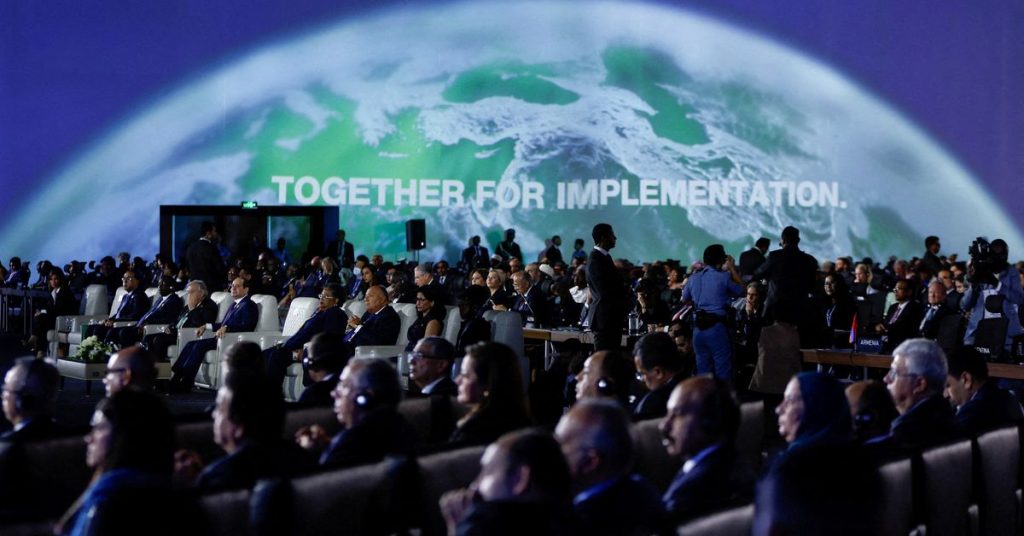



 .
.
